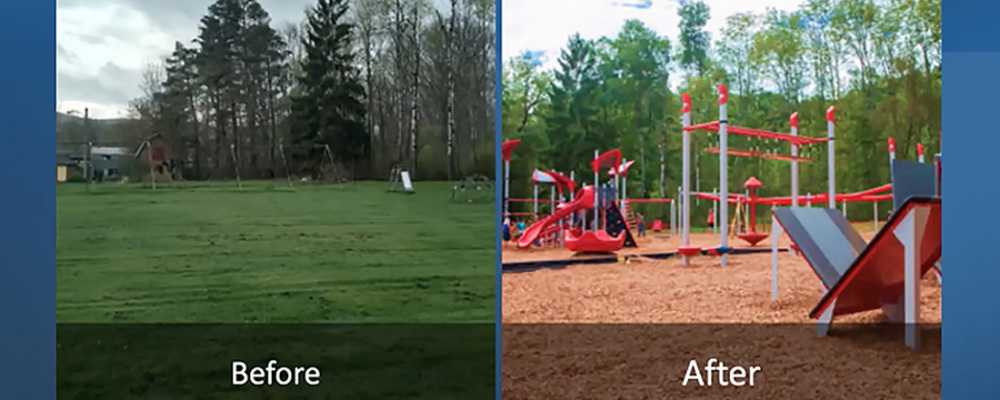
Community Close Ups: Profiles of Community Development Partnerships for Health
- Ruth Thomas-Squance, PhD, MPH
- Ashley Hernandez, DaJaneil McCree, Jeni Miller, Zachary D. Travis, Ashauntee Jones
-
Focus Areas
Capacity Building & Leadership, Healthy Communities -
Issues
Community Development -
Expertise
Evaluation, Outreach & Dissemination -
Programs
Build Healthy Places Network
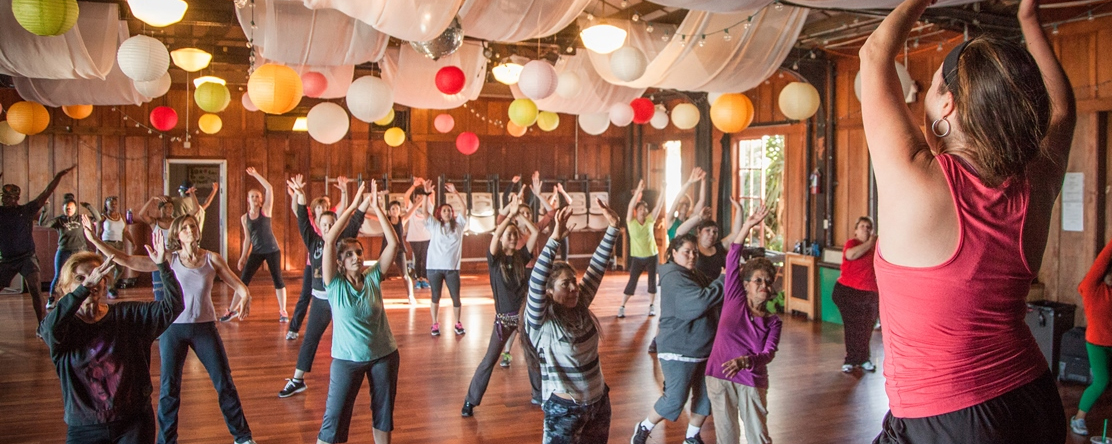
Community developers are partnering to create neighborhoods where everyone can be healthier
Created by PHI’s Build Healthy Places Network, the Community Close Ups series spotlights community development projects that are making a real difference in neighborhoods. Each profile breaks down the nuts and bolts of these innovative projects, uplifting stories that exemplify the power of cross-sector partnership that impact health and well-being.
Explore the full Community Close Ups series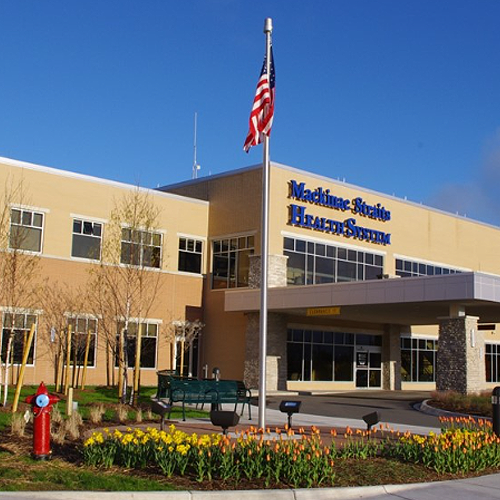
Mackinac Straits Hospital and St. Ignace Tribal Health Clinic, St. Ignace, MI
Written by Ashley Hernandez and Alexis Sims; March 19, 2024
Mackinac County is a rural community of just under 11,000 residents in Michigan’s upper peninsula. A well-known tourist destination, it is the home to Michigan’s only state park that is completely pedestrian and car free. Despite a vibrant tourism industry, Mackinac County faced a common threat affecting many rural communities, hospital closure. In 2008, Mackinac Straits Health System (MSHS) forged several strategic community partnerships to save the area’s hospital. One of those partners included the county’s largest year-round employer, The Sault Ste. Marie Tribe of Chippewa Indians. By forming a collaboration rooted in trust and guided by a shared need, MSHS and the Sault Ste. Marie Tribe of Chippewa Indians turned the tide. Instead of closing the doors of another rural hospital, the partners opened a state-of-the-art healthcare facility and tribal health clinic.
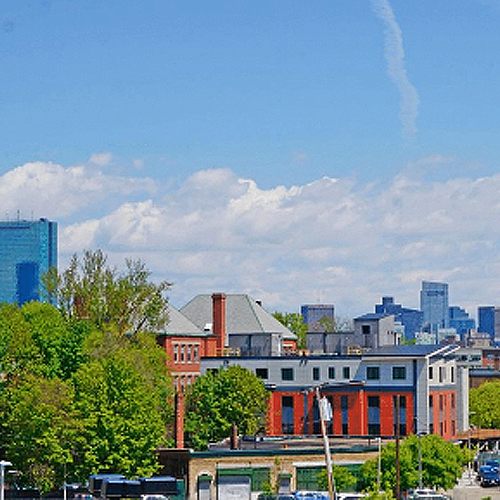
Healthy Neighborhoods Equity Fund II
Written by Ashley Hernandez; 7/26/2023
The Healthy Neighborhoods Equity Fund II (HNEF II) is a novel financing approach demonstrating how intentional investments in a neighborhood’s built environment can be a powerful means to improve community health. The $42 million private equity fund provides patient, low-cost capital for the development of mixed-income , mixed-use real estate near transit sites in historically disinvested neighborhoods in Massachusetts, Rhode Island, and Connecticut. The fund’s underwriting process is unique: In addition to evaluating the financial risk of each development, it also screens for the project’s potential impact on community health. This innovative approach can help to spread and institutionalize an investment practice that prioritizes community well-being as much as financial incentives.
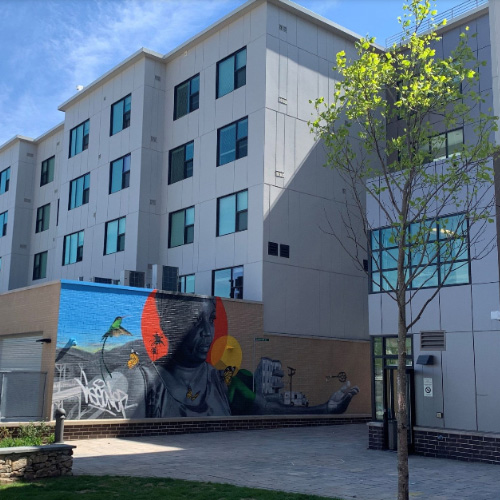
The Healthy Neighborhoods Equity Fund II, New England, USA
Written by Build Healthy Places Staff; July 26, 2023
The Healthy Neighborhoods Equity Fund II (HNEF II) is a $42 million private equity fund. HNEF II invests in mixed-income, mixed-use real estate developments in communities in Massachusetts, Connecticut, and Rhode Island, in areas that often endure significant health and economic inequities. The fund uses a unique underwriting process that pairs lower-cost equity and longer investment periods with rigorous screening for community, health, and environmental benefits using Conservation Law Foundation’s HealthScore. We hope this community close-up provides a guide on how cross-sectors partners can institutionalize an investment practice that prioritizes community well-being as much as financial incentives.
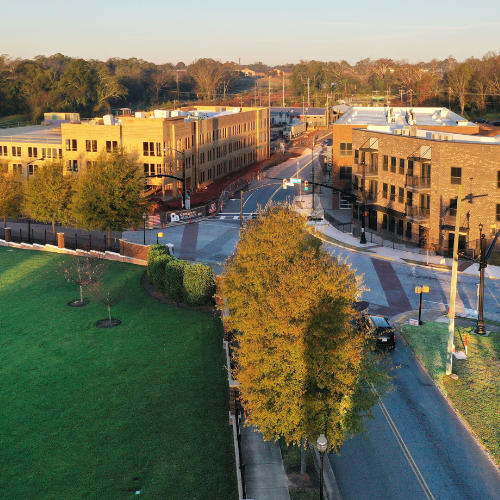
Case Study: Northside Development Group, Spartanburg, SC
Written by Ashauntee Jones and Ruth Thomas-Squance; 5/25/2022
Purpose Built Communities and Build Healthy Places Network presents a new case study featuring Northside Development Group of Spartanburg, a city located in northern South Carolina. Exploring their compelling partnership with the Mary Black Foundation, this case study illustrates how direct investment coupled with centering community voice and ownership, can lead to a healthier community.
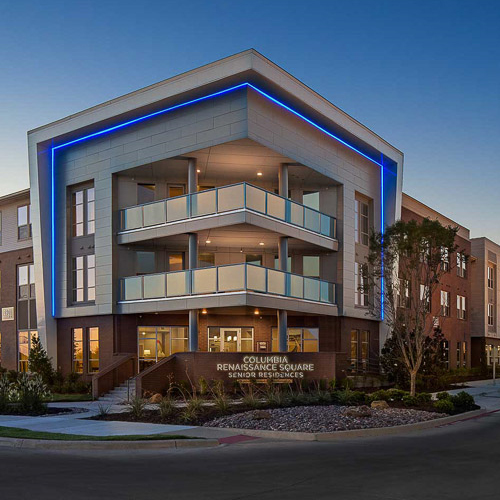
Renaissance Heights United, Fort Worth, Texas
Written by Ashley Hernandez and Zachary Travis; 2/1/2022
Renaissance Heights United (RHU) is a 200-acre site in the Mason Heights area, located in the southeast portion of Fort Worth, Texas. Before the 2006 purchase by Fort Worth Mason Heights, this site was home to the Masonic Home and School of Texas (a home for widows and orphans). Grounded in a range of valuable partnerships, RHU and its partners crafted a shared vision to transform the vacant 200-acre site into an area providing family, education, and community health services as well as economic development opportunities. Through a joint effort to change the state’s allocation of low-income housing tax credits, these partners also collectively rallied behind a common goal to ensure the residents they served had access to stable and affordable housing.
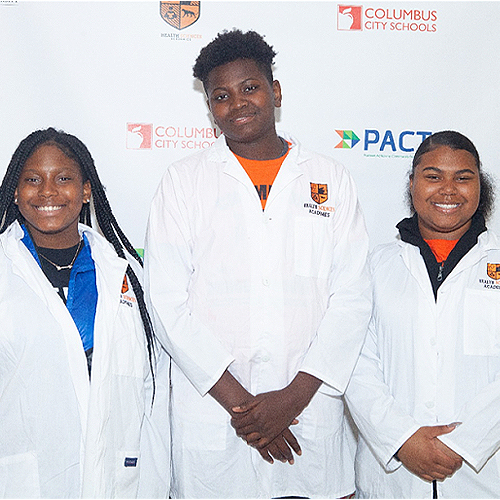
Partners Achieving Community Transformation (PACT)
Written by Zachary D. Travis; 8/9/2021
In 2010 Ohio State University (OSU), City of Columbus, and the Columbus Metropolitan Housing Authority (CMHA) came together to form the planning organization, Partners Achieving Community Transformation (PACT). These three organizations initially came together when an income tax rebate given to OSU by the City of Columbus required a commitment to financial investment in the Near East Side of Columbus. That single tax rebate incentive spurred a decade-long transformation and investment into a historically neglected community, with more than $300 million in total investments to date and over fifty partners. PACT, now solely supported by Ohio State University’s Wexner Medical Center, continues to execute the community-led blueprint and successfully champion the transformation of Columbus’ Near East Side.
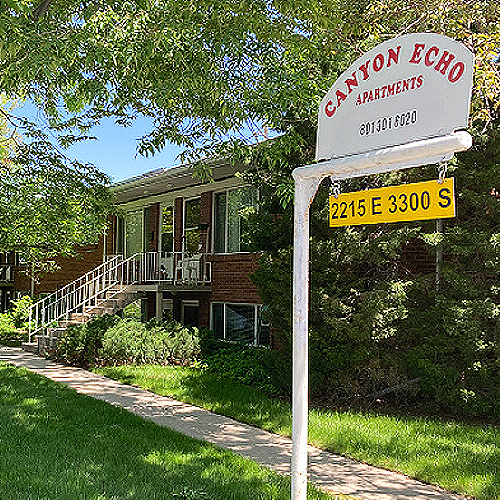
Intermountain Healthcare & The Utah Housing Preservation Fund
Written by Ashley Hernandez; 7/2/2021
Utah is facing a looming housing crisis as the state continues to experience a shortage of affordable housing. In a place where demand is far outpacing supply, the state is mobilizing around efforts to not only build new housing stock but to maintain its current supply of affordable units before residents are priced out of their homes. One of the champions spearheading this strategy is Intermountain Healthcare, a not-for-profit integrated healthcare system (both health provider and payor) headquartered in Utah. Intermountain joined forces with a foundation, a CDC (Community Development Corporation), and a bank to create the Utah Housing Preservation Fund, which is tackling the crisis through investments in maintaining Utah’s affordable housing supply.
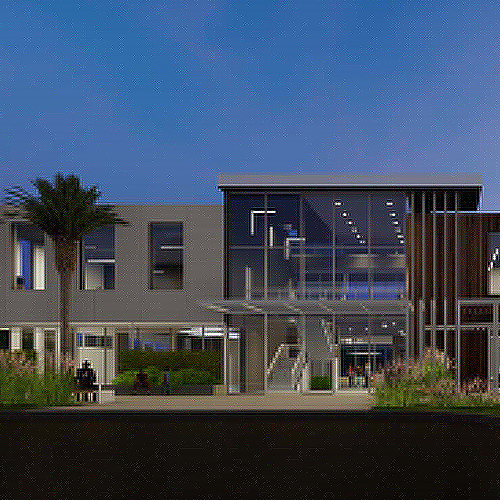
The West Lakes Community Wellness Center, Orlando, Florida
Written by Ashley Hernandez and DaJaneil McCree; 3/18/2021
Founded in 2013, Lift Orlando is a non-profit organization that invests in the power of the neighborhood by placing focus on people, place, and partnership. The organization was founded by a group of business leaders who were driven to partner with residents to break the cycle of poverty. With a vision of breaking down the systemic barriers that prevent underinvested communities from achieving health and wellness, Lift Orlando works on neighborhood revitalization with a focus on neighborhoods that have been historically disinvested along racial and economic lines. Their first neighborhood reconstruction project launched a partnership with Florida Citrus Sports that aimed to revitalize the neighborhoods surrounding the Camping World Stadium, an area rich with African American heritage.
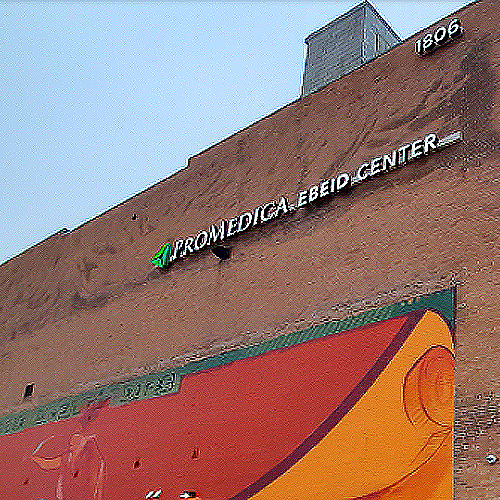
Market on the Green Grocery Store, Toledo, Ohio
Written by DaJaneil McCree; 3/17/2021
The UpTown neighborhood holds a unique place in the history of Toledo, Ohio. In the late 1800s trolley lines were implemented, providing transportation to downtown and heightening the district’s appeal. By the early twentieth century, there was increased demand for housing and a growing population that spurred commercial development. Today, UpTown remains a central neighborhood of Toledo with a dynamic art scene. However, the neighborhood also faces adversity, with more than half of the residents living below the poverty line and high rates of chronic diseases like asthma and diabetes. Nevertheless, the UpTown community is resilient, evolving, and full of promise. It is also home to a health care system’s $50 million initiative aimed at addressing social determinants of health that includes the development of a full-service neighborhood grocery store, Market on the Green.
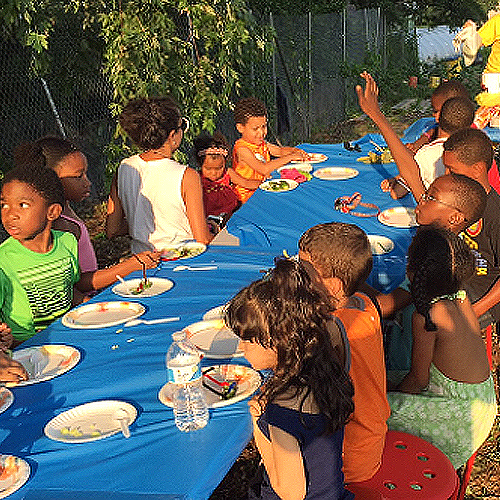
Vita Health & Wellness District, Stamford, Connecticut
Written by Jeni Miller; 10/13/2017
In the early 2000s, Stamford Hospital began planning a major expansion. Located in Stamford, Connecticut’s West Side neighborhood, the 305-bed regional hospital envisioned a large new state-of-the-art addition to its facility. The hospital owned various pieces of real estate in the nearby neighborhood, but none were contiguous with its existing campus. Meanwhile, Charter Oak Communities (COC), a public-private entity that evolved out of the Stamford Housing Authority, was exploring ways to replace its outdated public housing complexes on the West Side.
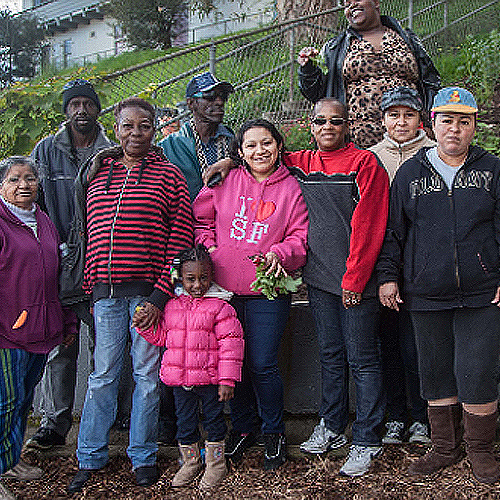
Rebuild Potrero, San Francisco, California
Written by Jeni Miller; 10/12/2017
Susan Neufeld, Vice President of Resident Programs and Services for BRIDGE Housing Corporation (BRIDGE), describes the existing 606-unit Potrero Terrace and Annex housing projects as “an island of poverty in a sea of wealth.” Unlike many distressed public housing complexes that are surrounded by other disadvantaged neighborhoods, residents of Potrero Terrace and Annex, with a median annual income of $14,000, are surrounded by Potrero Hill neighbors making ten times that much.
Originally published by Build Healthy Places Network
Work With Us
You change the world. We do the rest. Explore fiscal sponsorship at PHI.
Support Us
Together, we can accelerate our response to public health’s most critical issues.
Find Employment
Begin your career at the Public Health Institute.

